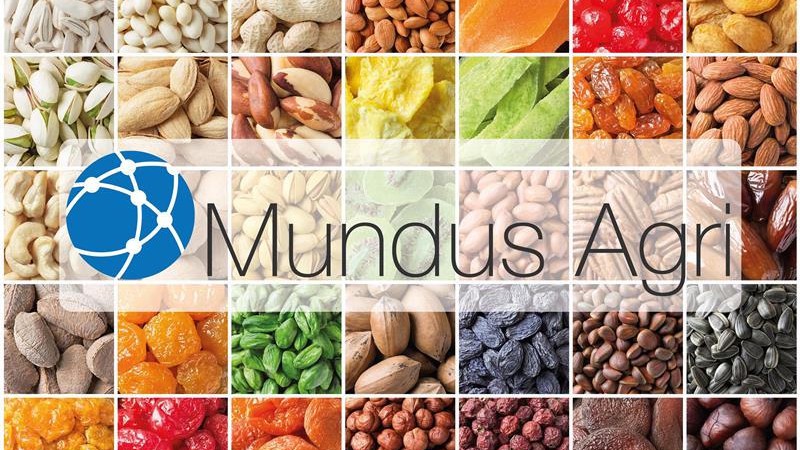Raisins: high overstock supplies
July 20, 2020 at 2:06 PM ,
Der AUDITOR

No support for the farmers
In Khalilabad, the centre of grape production in the Iranian province of Razavi Khorasan, a crop of 150,000 metric tonnes is expected this year, harvested on an acreage of 15,700 ha. Sales are proving difficult, as exports have been temporarily halted due to the coronavirus pandemic. In Khalilabad, between 20,000 and 30,000 metric tonnes of raisins are produced annually. Of these, 100% of the golden raisins and about 30% of the green raisins are destined for export, the rest is for domestic consumption. The overstock supplies currently amount to about 1,500 metric tonnes, which under normal circumstances would have been exported by May. A major problem is the lack of a cooperative to support the local farmers. The Covid-19 pandemic has significantly exacerbated these difficulties.
Fluctuating prices
The grape harvest in Iran begins at the end of July and continues until mid-October. Crop estimates amount to about 500,000 metric tonnes, of which about 17%, and thus the largest share, come from the province of Fars. About 15,000-20,000 metric tonnes of grapes from the province of Fars are processed into raisins.
Raisin prices have fluctuated strongly over the past two weeks. This is due to the exchange rate fluctuations of the Iranian rial and to the renewed increase in export demand, especially for green and golden raisins. Iranian sultanas, type 9, are traded at around EUR 1.28 per kg FOB Iran this week.
|
Raisins, premium grade, Iran |
|
|
Type |
EUR/kg* |
|
Sundried |
1.43 |
|
Sultanas |
1.28 |
|
Golden |
2.19 |
|
Green |
2.07 |
|
FOB Iran |
|
*Please note that the prices indicated her apply to an order volume of 1 metric tonne. Prices may range lower for higher volumes.
View more information
- price chart, raisins, sundried, Iran
- price chart, sultanas, premium grade, Iran
- price chart organic sultanas, grade A, type 9, standard, Turkey
- more price charts





